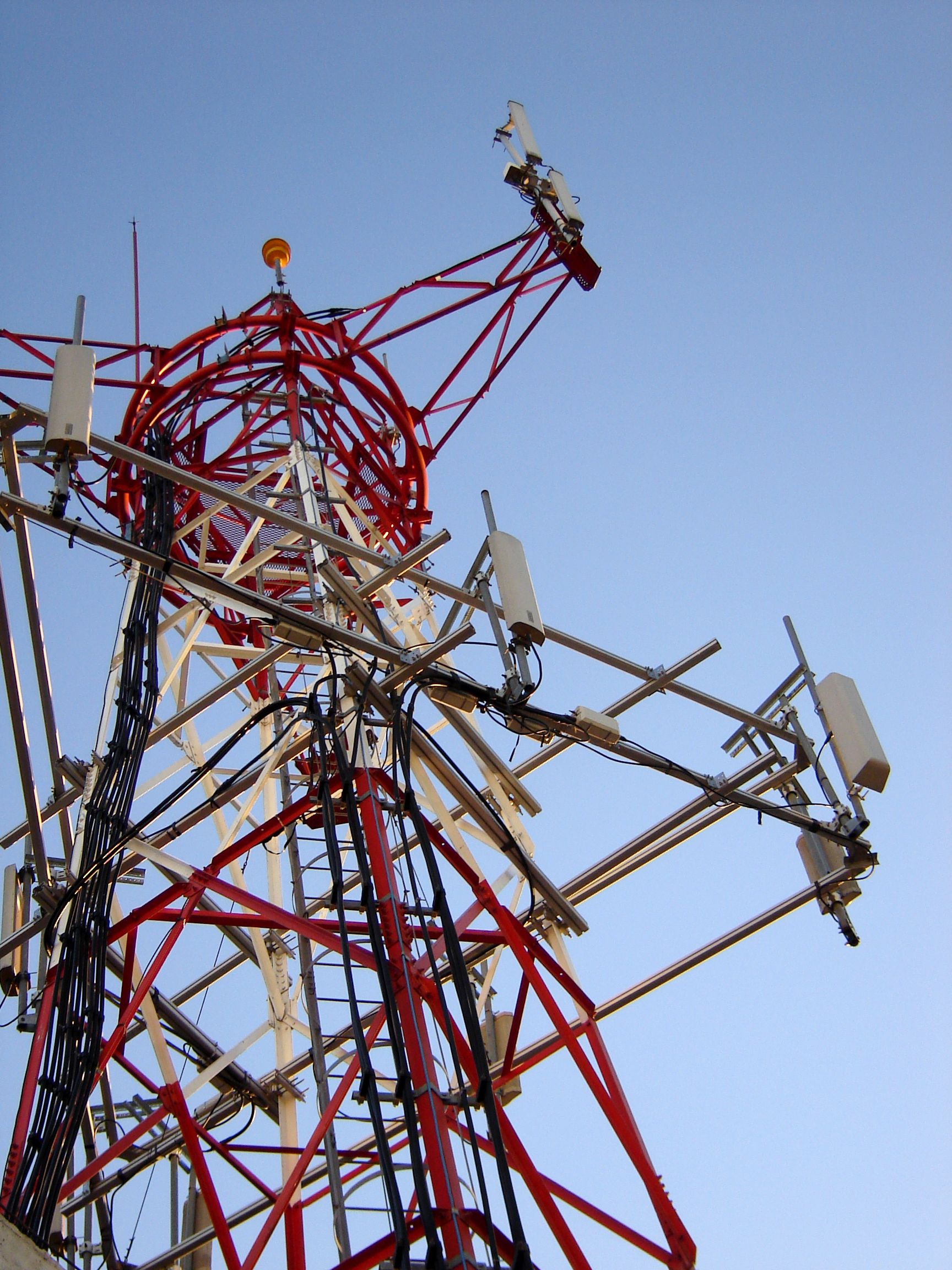TV white spaces are the unused portions of valuable spectrum located in the TV frequency band, arisen from the transition from analog to digital television. In order to detect and select which of these white spaces can be used by a cognitive device, geolocation techniques seem to be the preferred choice. Using geolocation databases, interference phenomena can be avoided and the TV signal can be protected while cognitive devices can exploit the free spectrum. The regulation regarding white spaces devices approved in September by the American FFC (Federal Communications Commission) opened the market to the first developments. According to this, the FCC’s Office of Engineering and Technology (OET) has recently designated nine companies as white-space device database providers: Comsearch, Frequency Finder, Google, KB Enterprises, LS Telecom, Key Bridge Global, Neustar, Spectrum Bridge, Telcordia and WSdb.

The designation of these providers will not only generate new business models depending on the different criteria adopted, but will also present a challenge in coordination issues. In order to provide a central management for all of them, this kind of distributed administration will be supervised by the OET. On top of that, the organization will ensure that the information about available channels provided by these companies is accurate and up-to-date. The OET’s leadership includes that all database providers will be required to follow the same regulation specified by the organization and report the tasks they are involved in. Depending on the level of success achieved, the FCC could consider employing a similar database approach in other spectrum bands.
Gradiant has already embraced this approach by currently working on its own version of a white space database for the Galician area. This tool will be available soon to the open public in this website.


